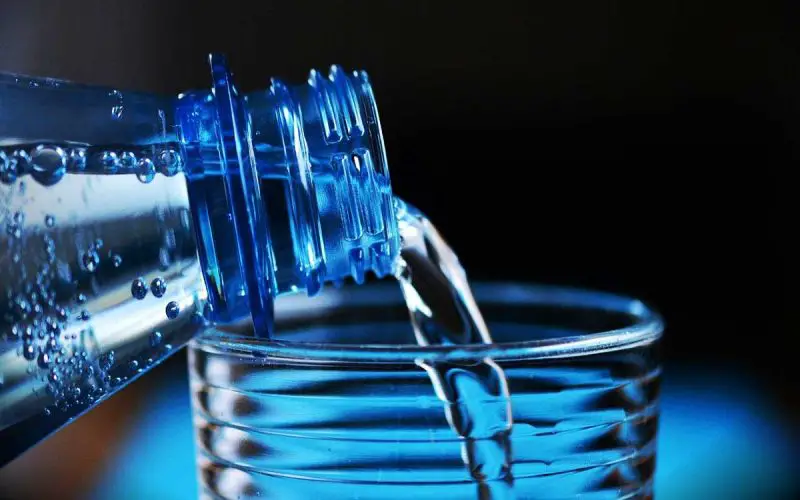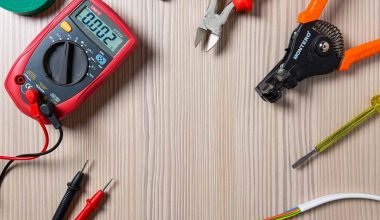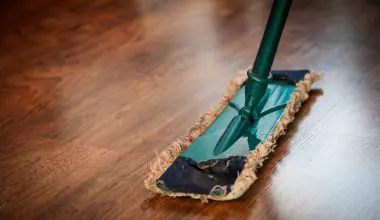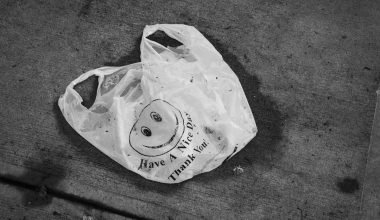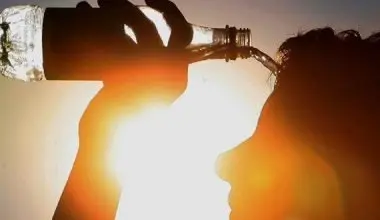Table of Contents Show
Let us first glance upon the material itself and understand its role in our everyday lives. Trust that it plays quite the role, more than you imagine!
And because plastic and its by-products exist in copious amounts, why not look into which circumstances allow us to recycle it as much as we can? Let’s go!
What is Plastic?
Plastic is the word normally used to define a wide array of synthetic or semi-synthetic materials that are used in an enormous and increasing range of uses. At any given time, you will always find at least one plastic product, or at least some form of it.
We use plastic goods to help make our lives cleaner, stress-free, safer and more pleasant.
We find plastics in the garments we wear, the homes we reside in, and the vehicles we drive. The toys we play with, the screens we stare at all the time, the IT tools and medical apparatus we use all contain plastics.
The growth of plastics began with organic materials that showed plastic properties. Modern synthetic plastics were developed around 100 years ago. The raw materials used to create plastics are natural resources like coal, cellulose, salt, natural gas, and, of course, crude oil.
The term ‘’plastic’’ is derivative of the Greek word ”plastikos”, meaning fit for molding. This is reference to the material’s pliability, or malleability during manufacture, which lets it be cast, pressed, or extruded into a range of shapes – such as films, fibers, dishes, pipes, bottles, bottle caps, plastic containers, and SO MUCH MORE.
There are many ways to make plastics. Most common ones include blow molding, injection molding and Extrusion molding.
Features of Plastic
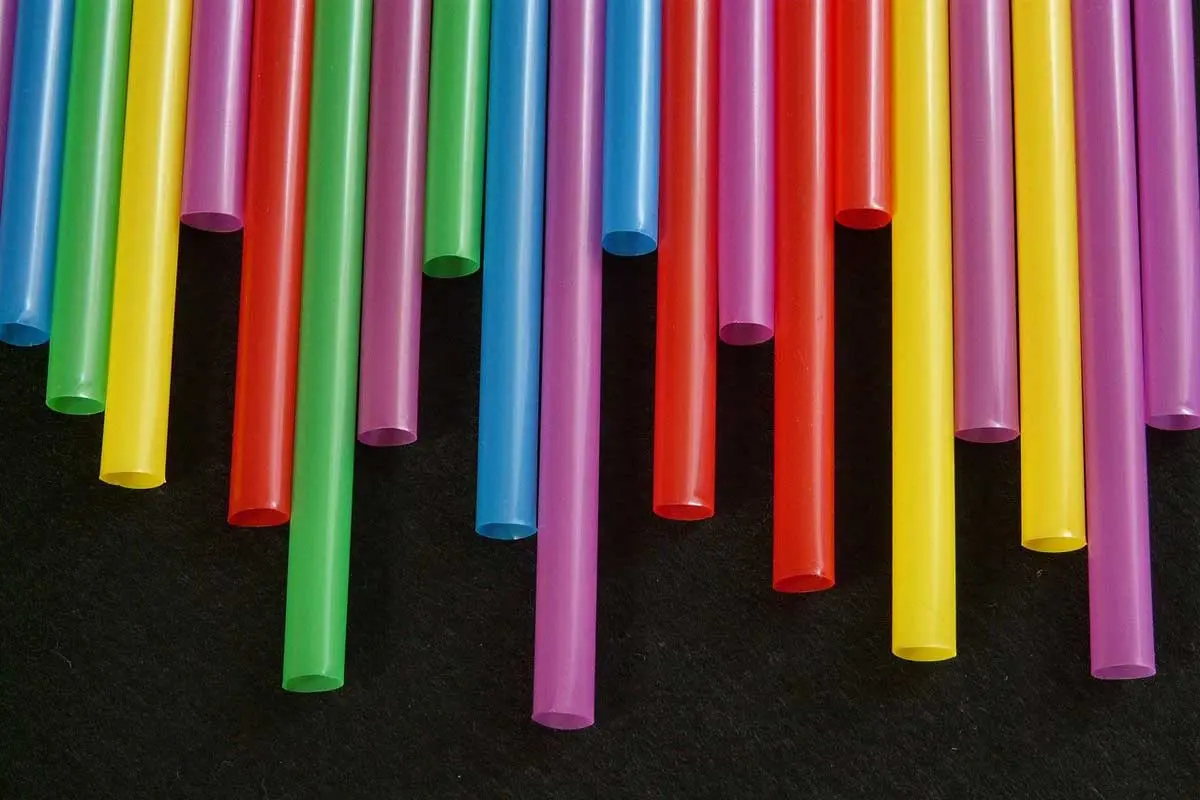
Plastics are tremendously flexible materials and are best for an extensive variety of consumer and industrial uses. The fairly low bulkiness of most plastics gives plastic products the benefits of being light weight.
Although most plastics have great thermal and electrical insulation properties, some plastics can be made to conduct electricity when needed!
They are very resilient to corrosion (in response to many elements which degrade other materials), making them long-lasting and appropriate for use in severe environments. Some are transparent and see-through, making optical devices promising.
They can readily be molded into multifarious shapes, permitting further materials to be incorporated into plastic products, and making them perfect for a wide range of purposes.
Additionally, if the physical properties of a particular plastic do not quite meet the specified necessities, its balance of properties can be adjusted with the addition of strengthening fillers, hues/colorings, foaming agents, flame retardants, plasticizers (phthalate), etc., to meet precise requirements of use.
The point is, plastics can be developed with nearly any arrangement of properties to accommodate virtually any application you can think of. All you need is those tiny plastic pellets!
Because of these easily attainable prospects, plastics are being used in such applications like:
- Sports and Entertainment,
- Electronics,
- Agriculture,
- Plastic packaging,
- Healthcare,
- Building and Construction
- Aeronautics
And it’s being used in many more mass-scale industries around the world!
Safety, health and environmental aspects of plastics
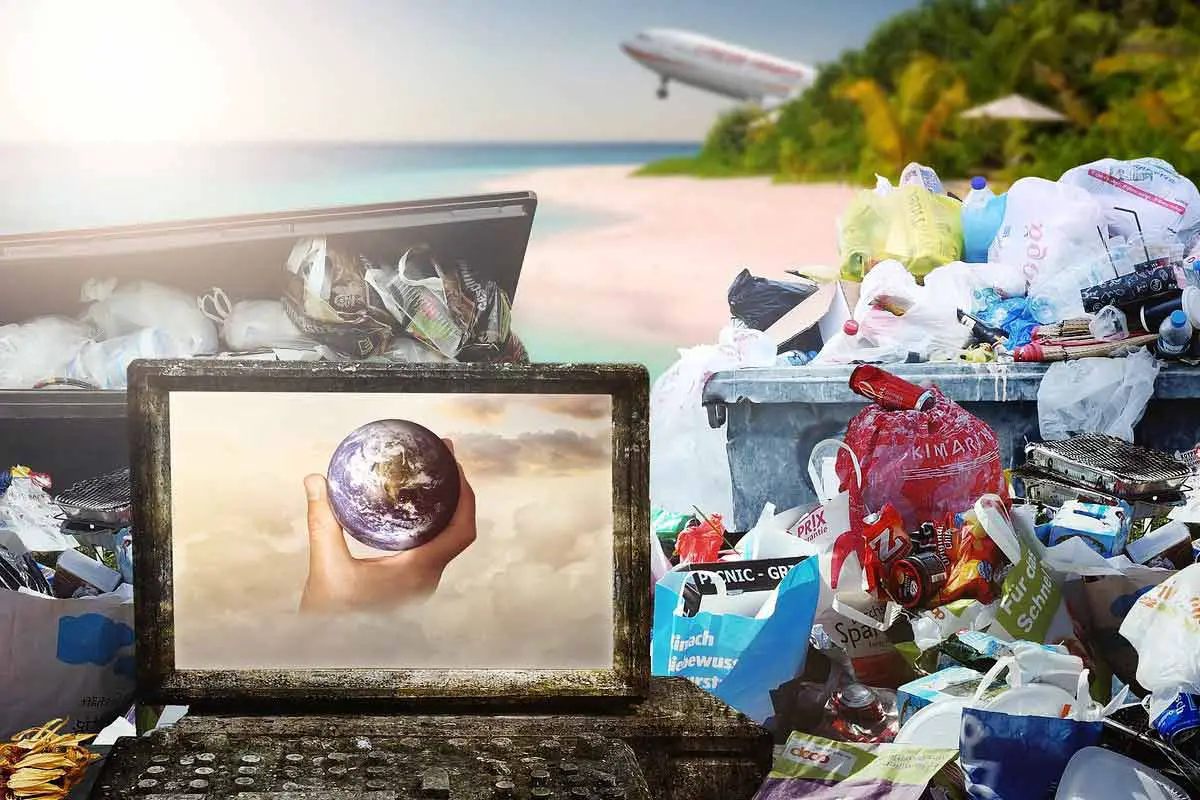
Plastic has several astonishing uses, and the momentum built these days, is to make sure plastic goods are produced using reprocessed plastic materials as much as possible.
Reprocessing/recycling could save us loads of resources spent on procuring raw material. It would certainly reduce our environmental footprint as we reduce the release of toxic chemicals.
As technology develops further, you’ll see plastic appear even more in daily applications. That will impact our lives in some very unforeseen unpredictable ways.
It is all our responsibility as a collective to remain steadfast in encouraging the plastics industry to function in a safe, healthy and environmentally-responsible way, and to guarantee that plastic products play a helpful role in people’s safety and health, as well as the environment.
Items Shockingly Made Of Plastic – Who knew!
Items like the plastic bottle, plastic bag or detergent bottles are commonly known examples of plastic material. Here are some objects made of plastic that may raise an eyebrow.
1. Aircrafts

Two of the utmost technologically cutting-edge passenger jets—Boeing Dreamliner and Airbus A350 XWB—are made with compounds of plastics that are strengthened with other materials, such as carbon fibers.
So the aircrafts are really tough, light weight, and more fuel-efficient. And the composite wing tips on the Airbus bend during flight to increase efficiency!
2. Cars
That’s right, 50% of your car! Today’s modern car is half-plastics by volume. However, it’s only around 10 % plastics by weight.
Lightweight but tough plastics— like the ones mentioned in the aircraft example above—abet carmakers to make their vehicles “lightweight” to help considerably improve gas mileage (also, improve safety and design features, as well).
3. Sportswear

Next time you’re in a sports goods outlet, take a look at the labels on all sportswear and garments.
You will most definitely find polyester, nylon, lycra, acrylic, spandex; all plastic fibers that comprise today’s contemporary elastic, comfortable, moisture-wicking materials.
Tip: Try and find such gear made of recycled polyester.
And addressing the swimmers and surfers—when was the last time you across a cotton swimsuit? (Also, majority of the safety gear: shin guards, helmets, mouth guards … basically all plastics!)
4. Racquets
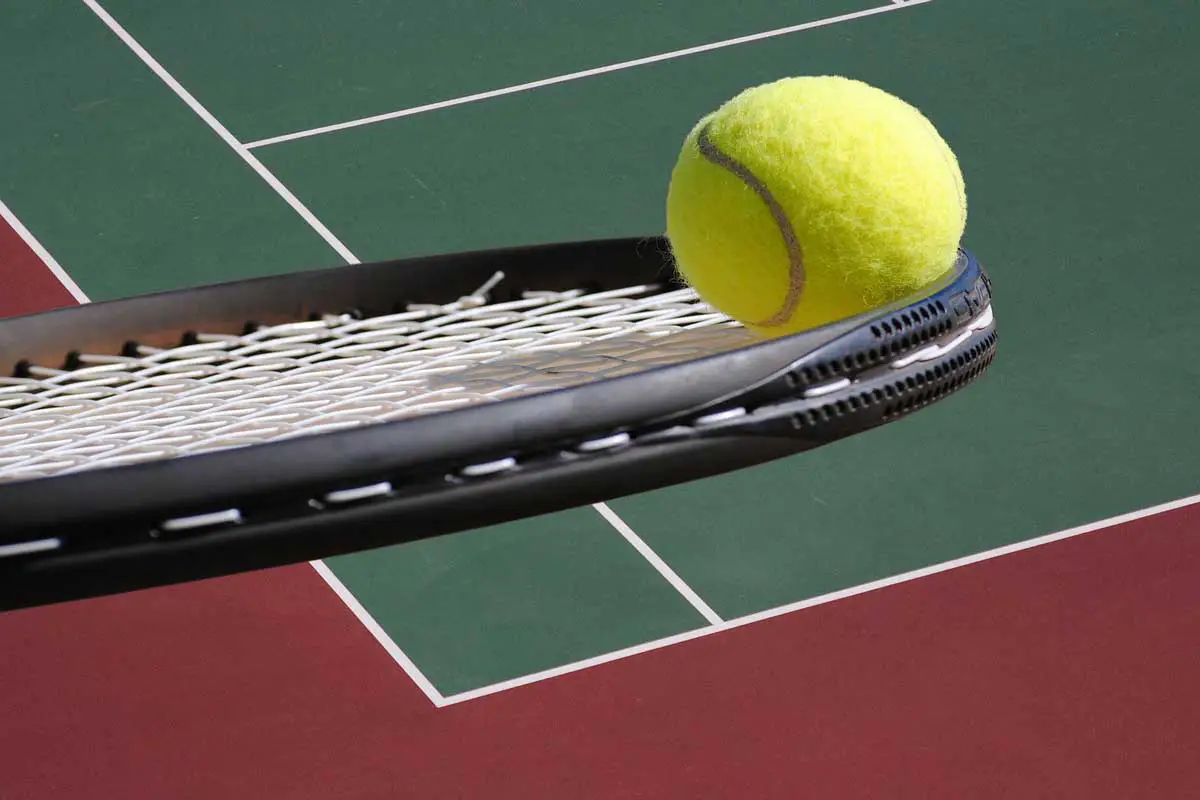
“Isn’t it graphite?” you might question. Yeah. Graphite = carbon.
Majority new racquets are made with composites, such as plastics and carbon fiber, usually called carbon fiber-reinforced plastics.
Similar to the composites stated above, they’re lighter in bulk, tauter, and tougher than many of the former materials used for racquets.
Can you even find a wooden racquet these days? Sure, perhaps at a yard sale.
5. Medical Stents
Life-saving “stents” are implanted into coronary arteries to clear up a heart blockage and supply medicine. They are normally minor metallic mesh devices concealed in plastics.
Here’s a fun fact: the FDA (USA Food and Drug Administration) has sanctioned a plastic heart stent that doesn’t require the metal mesh. It works its magic and then just dissolves entirely over time. It helps save a life, and then fades away.
6. Eyewear

It’s perhaps not the greatest idea to put breakable glass lenses near your eyes. That’s why almost all recent eyeglasses are produced with strong, shatter-resistant plastics, for instance polycarbonate plastic.
These plastic lenses can be fashioned into countless prescriptions and shapes—and then merged to plastic frames to give us the several fashionable looks; hipster, professional, geeky, youthful and so many more.
Some innovators have even started making eyewear using recycled ocean plastic.
7. Supermarket Carts
The supermarket cart you carried around the other day is made out of plastic! No more struggle with the old metal trolley on wheels.
The fresh and upgraded plastic shopping cart is sturdy, lightweight and far stress-free to maneuver and use when compared to its metal counterpart. Au revoir and adios to grappling matches with that wrecked trolley down the busy supermarket aisle.
8. Cutlery and Kitchenware
Those who appreciate a good picnic, or who go camping will be quite acquainted with plastic cutlery and plastic tableware.
A modern day convenience and an essential at take-out places all over the world, the manufacture of plastic cutlery is an additional prime illustration of the countless handy things we use day-to-day that are made from plastic.
While we’re discussing kitchen and food items, even the infamous “Tetra Pak” packaging is one-fifth plastic. The rest is mostly paper and some amount of Aluminum.
9. Computers
Have you heard computers can be recycled? Most of the innards of a computer and computer fittings are made of plastic, and can be safely discarded off and recycled for repurpose.
Over the last 40 years, computers went from comprising typically metal to now containing more plastic than metal in sum.
Sadly, the kinds of plastic used in computers bring about several environmental harms that need to be spoken about for electronics recycling around the world.
10. Cellphones
Then there’s the cellphones.
In 2015, Apple documented making sales of 74.5 million iPhones to consumers around the globe. Imagine the volume of potential damaging e-waste – the old and discarded phones – sitting in a landfill that may well be recycled as an alternative.
Phones such as these contain a lot of plastic in their structure, and would not be without it.
This may be reason that leading phone manufacturers like Apple and Samsung have stopped including chargers and earphones to reduce plastic waste and increase sustainability.
This may be a great time to mention that the iPhone 13 Pro is so far the most sustainable phone ever made. Apple claims it to be made of 99% recycled tungsten and 98% recycled rare earth elements. They’ve also used 100% certified recycled gold in the internal components.
Although it sees like they’re doing it to save money, one should also understand that when you buy a newer model of a similar phone, you don’t trade in the charger OR the earphones. Your old charger and earphones go straight to the landfill!
11. Tennis Balls
An astounding object that makes the “made from plastic” category is the tennis ball.
Their fuzzy exterior is made using Type 1 or PET plastic – obtained from drink bottles and milk jugs retailed in stores.
P.S: PET (a.k.a PETE) is an abbreviation for Polyethylene terephthalate is the chemical name for polyester. It’s a clear, strong and incredibly light-weight form of plastic material out there. Ethylene glycol forms a major portion of raw material in Polyethylene terephthalate.
Bottles are frayed, washed, liquefied and spooled into thin threads as the material solidifies and withers.
Now you’re aware of where the tennis ball gets its hair done!
12. Gym Tiles
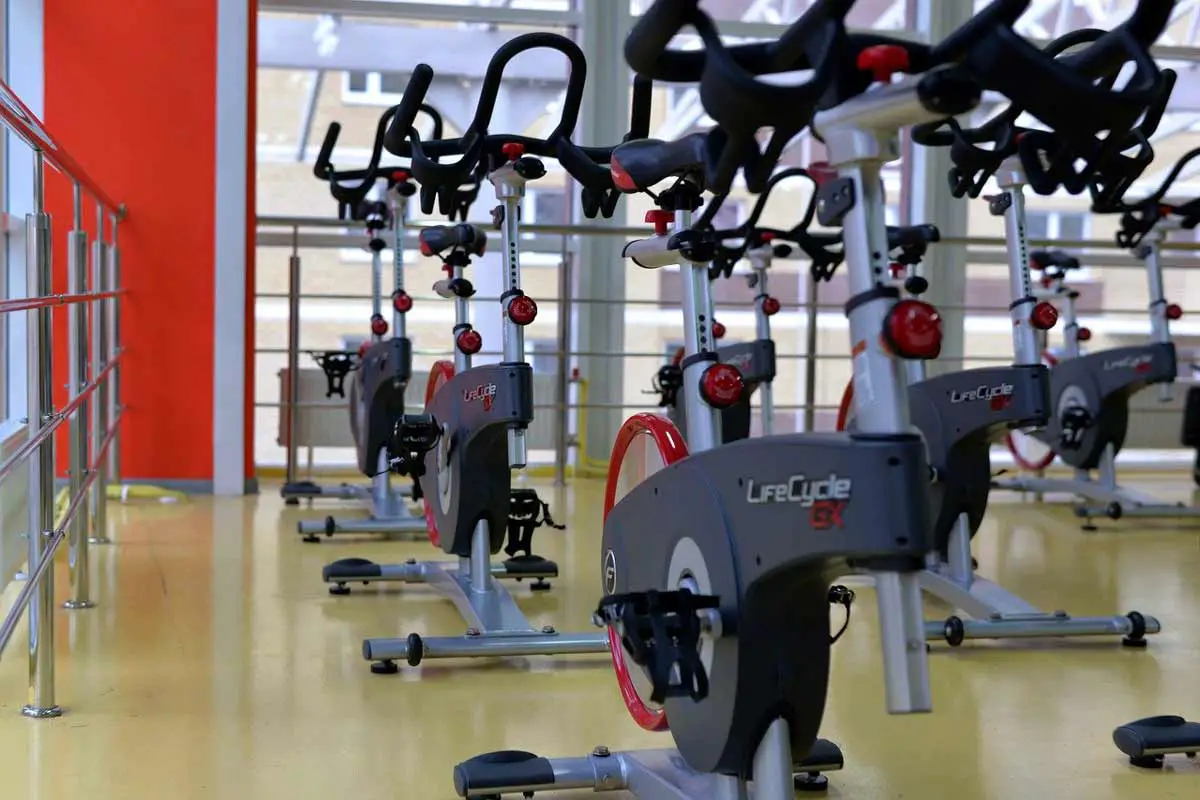
The gym tiles at your nearby fitness center, or even in your home gym, are produced from a plastic-based material.
Many manufacturers are using gym tiles to examine innovative methods to recycle plastic materials too.
For instance, shoe maker Nike has been amassing worn-out sneakers as part a project that makes gym tiles from broken down, grounded sneakers that have been donated.
The plastic / rubber composite material can be used to make many sporting surfaces such as running tracks and tennis courts. You need as much grip as you can get!
13. Golf Balls
The tough, white, indented outside surface of a golf ball is, remarkably, made from plastic.
Exceptionally solid and heavy-duty, the material used to produce a golf ball outer is a brilliant example of plastic being used to accomplish apparently unmanageable feats – tolerating intense force from a golfer’s swing.
As an alternate, you could use these golf balls which are as good, but are better for the environment!
What is made of Recycled Plastic?
Now that we have gone through some items, objects and goods made from plastic, let us turn towards things are made from recycled plastic!
Producing products from reclaimed and recycled resources has become fairly widespread in the last decade. Owing to the new technology, the quality and form of these products has also enhanced.
Plastics is one area where recycling has radically advanced. Recycled plastics in this day and age are sturdy with an exceptional finish and outstanding look and feel.
Majority plastic goods are not only manufactured from recycled materials but when discarded off, they can be recycled again!
There is actually a new form of recyclable plastics, known as PDK plastic. Unlike conventional plastic, This can indefinitely be recycled without loss of its color and characteristics.
Following are things that are made from recycled plastic:
14. Outdoor Decking
Unbelievable to most, but there are plastic decks that appear like the genuine timber variety now.
Companies such as Trex – an American decking service – have come up with a process to reutilize polyethylene plastic wraps, films and bags that you use on the daily to create nice “wooden” decking for your household.
Plastic lumber decking is made of 100% recycled plastic. On the other hand, plastic composite lumber is a mix of wood sawdust and plastic.
Who would’ve guessed plastic bags could be turned into something so gorgeous!
15. Shampoo Bottles

Plastic bottles for example shampoo, detergent, as well as household cleansers come generally from a recycled plastic identified as high-density polyethylene (HDPE).
Producers often leave the plastic in its raw, gleaming state that has whitish, opaque color or occasionally they add colorful colorants to make bottles stand out from the competition.
Though the recycled high-density polyethylene is used in making milk bottles, it is best used for non-food items only. These would include plastic pipes, bleach bottles and cutting boards.
High density polyethylene (or hdpe plastic) is made of polymer chains which are combinations of a monomer, ethylene.
I’ve started using The Plaine shampoo recently which has been a great addition to my Eco-friendly drive to eliminate single-use plastics. I commend them for their work on making it easy to do good!
16. Film and Sheeting
Besides high-density polyethylene, low-density polyethylene (LDPE) is also very useful when it comes to recycled plastic goods. It is more malleable and see-through than the high-density type.
Both kinds have the same capacity to repel chemicals.
Reprocessed low-density polyethylene makes its way into items like film and sheeting, along with shipping envelopes.
Polymethyl methacrylate (a.k.a acrylic glass) is the plastic type specifically used in sheeting as an alternative to glass.
This is mainly because of its light weight, shatter-resistance, transparency and most importantly, low cost.
These properties have made this low density polyethylene to be used in aquariums, windows and hockey rinks.
17. Traffic Cones
Recycled polyvinyl chloride is appropriate for producing robust and supple things such as mud flaps, garden hoses, and orange traffic cones we see everyday.
Contrasting delicate materials such as polystyrene, this polyvinyl chloride is strong and handles impacts very well and is furthermore used in stiff objects such as decking and flooring tiles, drain pipes, etc.
Just like other sorts of recycled plastics, PVC is accessible in its clear and raw form blended with tints for color.
18. Trash Bags
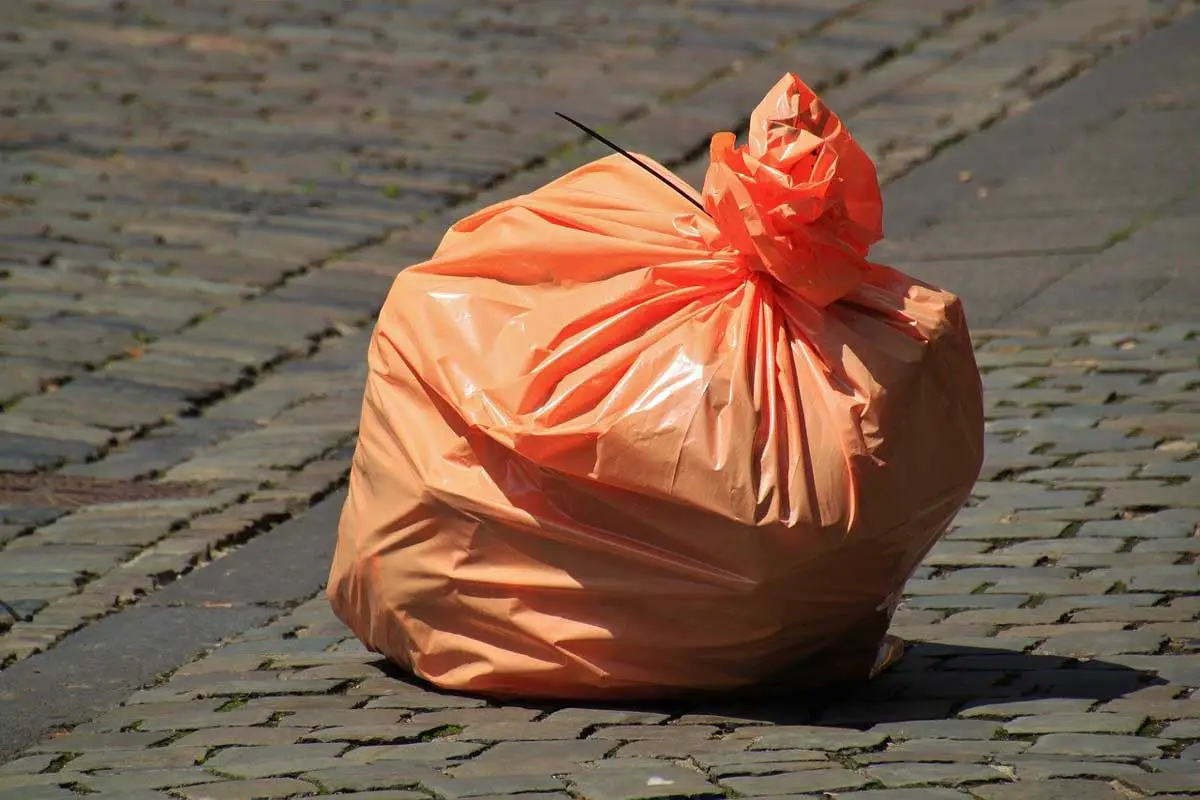
Common trash bags are also made from recycled plastic. These bags give you the steadfastness and ease of normal bags but require less energy to manufacture. This brings about lower greenhouse gas emissions.
In addition, bags made of biodegradable plastic have started entering markets as well. These will degrade much quicker by the help of microorganisms once they reach landfills.
A specialized plastic container is the perfect example of a product made from biodegradable plastic, sourced from processed corn. Sadly, many of them are also made of thermoplastic through injection molding.
19. Countertops
More or less some countertops are also created from recycled high-density polyethylene plastic.
You can fix these countertops in your loo, laundry room, and kitchen or anywhere else you require a hard-wearing work surface.
20. Carpeting
Recycled plastic bottles are molten and whirled into long-lasting and soft fibers to create some varieties of carpeting.
Prospects for reuse of carpeting are swiftly growing.
Final Remarks
While this rundown definitely STILL doesn’t cover all things plastic – whatever you hold in your hands next or even the tangible things around you this very moment – pause and ponder how much plastic has been used in these items and more importantly, can it be recycled?
